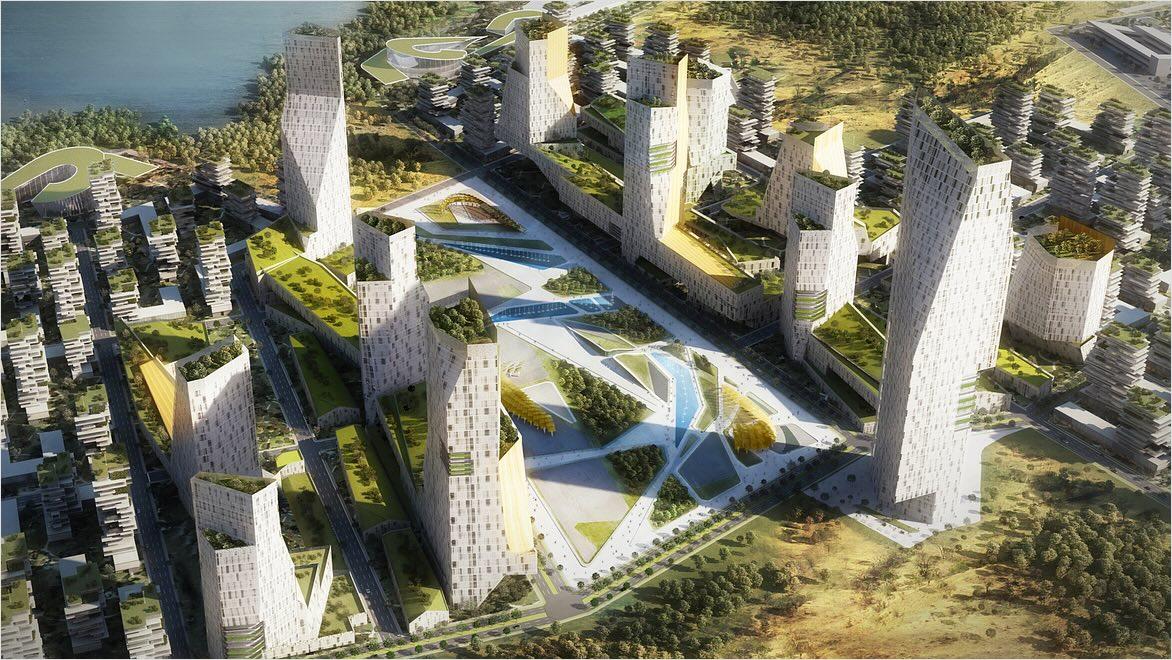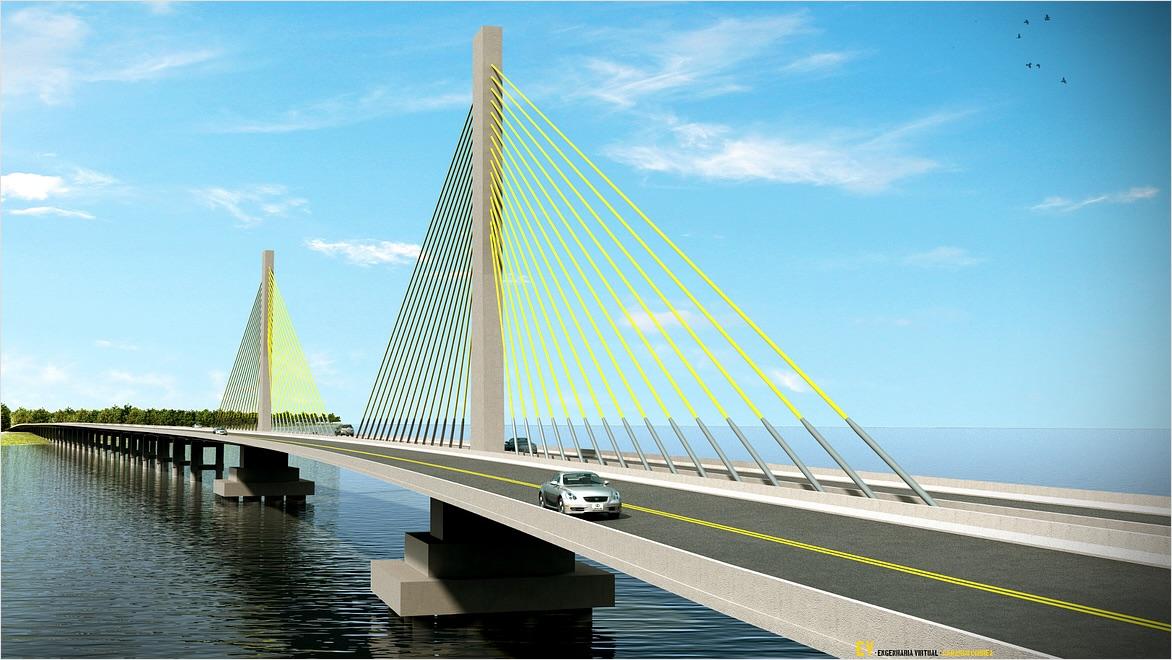& Construction

Integrated BIM tools, including Revit, AutoCAD, and Civil 3D
& Manufacturing

Professional CAD/CAM tools built on Inventor and AutoCAD
Public-private partnerships require collaboration between government agencies and private companies.
A public-private partnership (PPP or P3) is a project funding model that involves collaboration between a government agency and private firms to develop and/or maintain resource-intensive infrastructure projects. Public-private partnership examples include large public building projects and the operation of transportation links.
To understand why governments often opt for PPPs, here are some PPP project examples where such an arrangement may be the best course of action:
In practice, there’s no set rule, and the structure of a public-private partnership is determined on an ad hoc basis. The private partner can be engaged to manage any part of the project lifecycle, including funding, construction, operation, maintenance, divestiture, or a combination of those stages.
Public-private partnerships are appealing to private sector companies for several reasons, including:
The terms of a public-private partnership may stipulate that the company receives tax concessions, a share of operating revenue, or other financial incentives.
Running any large infrastructure project is not without risks, and by protecting the company against financial and legal liabilities, government agencies can make these ventures more appealing to partners.
In some examples of public-private partnerships, government agencies may cede partial ownership of public services or infrastructure to private sectors engaged in their construction or maintenance.
A key factor of public-private partnerships is blending public and private sector resources for the common good. While one may lack the necessary skills or resources to achieve a particular project, in partnership the organizations can pool skills and resources to achieve goals. Sharing risks, for example, in a public-private partnership can turn an untenable prospect into a workable reality.
Here are a few PPP model examples and how they’re financed:
Private partners design, build, and operate the public project, while the public partner retains ownership and handles the project financing.
This example of a public-private partnership is similar to a DBO, but the private partner also has a contract to maintain the construction, usually for a period of 20–30 years.
Private partners design, construct, and handle short-term financing of the work. Meanwhile, the public partner takes charge of the long-term operations and maintenance.
Here, the private partner takes on the project’s lifecycle for a certain time, including maintenance for usually 20–30 years, which is paid for through some kind of user fee or government payment.
This PPP model example is similar to a DBFOM, except that the public partner takes on the operations for the infrastructure.
Public-private projects are often one-of-a-kind megaprojects that require intensive investment and lots of original research. The novelty factor usually comes with unforeseen obstacles that, in return, extend the public-private partnership project longer than intended.
Or, as megaproject consultant Bent Flyvbjerg writes in his book How Big Things Get Done, the duration of a project is like an open window, and “the longer the duration, the [wider] the window, and the more the opportunity for something to crash through and cause trouble, including a big, bad black swan.”
The black swans in a PPP are low-probability, high-consequence events—unforeseen issues that can disrupt projects like natural disasters, recessions, pandemics, market volatility, or regulatory changes. Since traditional PPP projects can be massive and complex, there’s an increased risk of such projects encountering problems that increase costs or delay completion.
While there are many successful examples of public-private partnerships, PPPs come with risks for the government agency and the private sector enterprise. For the former, risks include a lack of demand for a resource not meeting the previously agreed usage fees, as well as negative public perception of corporate involvement in state-run amenities. For private businesses such as construction firms, risks include the costs of the project overrunning or not being able to meet previously agreed standards and hence receiving penalties or reduced fees.
There are many examples of successful public-private partnerships, including:
Transportation projects are often vast and sprawling. Whether it’s the initial construction of a transportation link such as a highway or a railroad or a collaboration to fund its ongoing operation and maintenance, PPPs can be mutually beneficial.
Often, local parks and recreation departments enlist the expertise and resources of private companies.
The resources and development of state-run schools are often outsourced to the private sector, an example of public-private partnerships in operation across the US.
Cloud-based design collaboration and coordination software for architecture, engineering, and construction teams to review designs, run automatic clash detection, and track project status.
Plan, design, construct, and manage buildings with powerful tools for Building Information Modeling.
Powerful BIM and CAD tools for designers, engineers, and contractors, including Revit, AutoCAD, Civil 3D, Forma Site Design, and more
Phoenix Mountain Sports Park
Learn how China Construction Eighth Engineering Division used Autodesk’s building information modeling (BIM) features to create detailed 3D blueprints, coordinate public and private partners, and use sustainable design throughout the construction lifecycle of the Phoenix Mountain Sports Park in Chengdu.
Image courtesy of China Construction Eighth Engineering Division Corp. Ltd.
Museo do Ipiranga
Autodesk collaborated with Brazil’s Museu do Ipiranga and global imaging firm Faro, employing laser scanning and software tools to create a comprehensive 3D model of the historical landmark and the surrounding park grounds.
Image courtesy of Museu do Ipiranga
Matta Sur Community Center
In this example of a successful PPP project, Spanish design consultancy luis vidal + architects used the Autodesk Revit design suite to transform an abandoned 19th-century school building and its surrounding plot on behalf of the municipal government of Santiago, Chile. The resulting Matta Sur Community Center is a 26,750-square-foot facility that includes a health care center, community kitchens, a nursery school, a gym, and an auditorium.
Image courtesy of Aryeh Kornfield and luis vidal + architects
A snapshot of how governments can partner with private firms to build resilient infrastructure, align economies with zero-carbon commitments, and import technical expertise to be more adaptable facing climate change and other crises.
P3 investments—at local, state, and federal levels—might be the missing link to bridge the US industrial water shortage.
Programs like the Federal Communication Commission’s Affordable Connectivity Program are examples of PPPs combining the power of private capital and government oversight to bridge the country’s digital divide.
There are many examples of public-private partnership (PPP) models, but these major PPP types indicate how much of the building or infrastructure project’s lifecycle the private-sector partner will handle: designing, constructing, financing, operating, and maintaining. In examples of PPP projects where the private sector is responsible for maintenance, it is usually contracted for a period of 20–30 years.
Public-private partnerships are most often used for resource-intensive infrastructure projects like transit (MRTs, high-speed rail, airports, seaports, toll roads); civic development (parks, urban renewal); and affordable housing.
PPPs create an avenue for massive infrastructure projects to be funded with private capital and to be better-maintained long-term. To achieve that, PPPs focus on collaboration and sharing risk for project outcomes.
Outsourced projects are contracted to a third party to reduce spending on non-core activities. In contrast, the public-private partnership model commits government agencies and private investors to share responsibility throughout the execution process.







